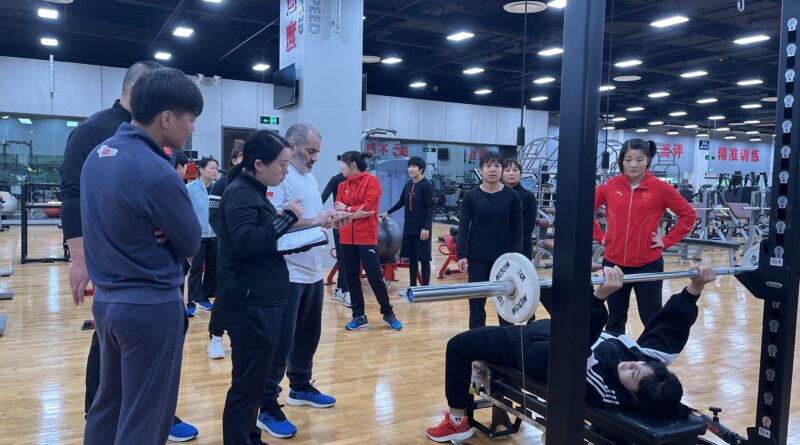Neuromuscular Performance of World-Class Judo Athletes
Monteiro L, Massuça LM, Ramos S, Garcia-Garcia J. Neuromuscular Performance of World-Class Judo Athletes on Bench Press, Prone Row and Repeated Jump Tests. Applied Sciences. 2024; 14(7):2904.

ABSTRACT
Judo is a sport that requires multiple high-intensity moments during the fight and high neuromuscular performance. Although not often, the explosive actions of the lower limbs can be decisive to winning in combat. This study aims to identify the differences in the neuromuscular features of the range of movements of the upper and lower limbs between the top-elite and elite male judo athletes. This cross-sectional study included 63 high-level male judo athletes, who were classified into two level groups: (i) top-elite (n = 30; age: 23.5 ± 3.2 years) and (ii) elite (n = 33; age: 22.6 ± 2.9 years). All the participants went to the laboratory for neuromuscular evaluations in the bench press (BP), prone row (PR), and repeated jump in 30 s (RJ30) tests. The results show that the top-elite judo athletes are superior in all the upper-body neuromuscular attributes studied. These differences were significantly superior in (i) BP peak velocity (p < 0.01), maximum load 1RM, power (peak and mean), force (peak and mean), force mean to peak power, and rate of force development (RFD) (all, p < 0.001); and (ii) RP maximum load 1RM (p < 0.01), power load (kg, p < 0.001; % 1RM, p < 0.05), peak power (p = 0.010), power mean (absolute, p < 0.01; relative, p < 0.05), force mean (p < 0.05), force mean to peak power (absolute, p < 0.05) and RFD (p < 0.001). However, no significant differences were observed in the BP and PR time to peak force, time to peak power, and time between peaks (power and force). In the RJ30, it was observed that the initial contact time (T1) of top-elite athletes is significantly lower than that of elite athletes (p < 0.05) and that power at 15 (T2) and 30 (T3) seconds is significantly higher in top-elite athletes (T2, p < 0.05; T3, p < 0.01). The main effect of the performance group was significant in contact time (p < 0.05), and the main effect of time was statistically significant in jump height (p < 0.001), power (p < 0.001), force (p < 0.001) and velocity (p< 0.01). In addition, jump height (p < 0.01; η2p = 0.088) and power (p < 0.05; η2p = 0.068) showed a significant interaction between time and performance group. These results suggested that the observed superiority of the top-elite judo athletes in neuromuscular attributes can determine success in judo competitions. This observation reinforces that neural and metabolic profiles must be considered to increase the effectiveness of maximal power training for the upper and lower body.
Keywords: combat sports; force; performance; power; rate of force development; strength; velocity
Download the full article HERE.

